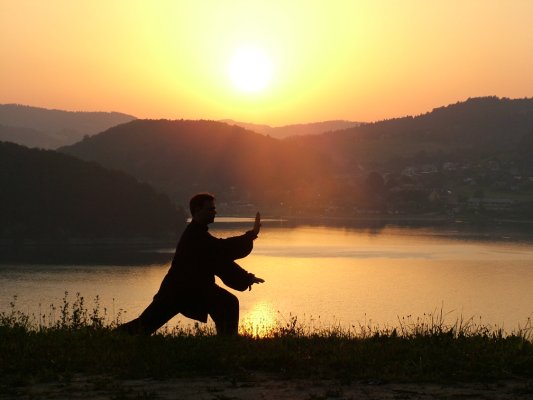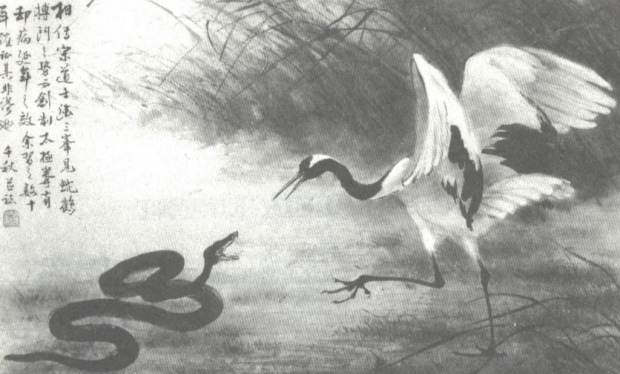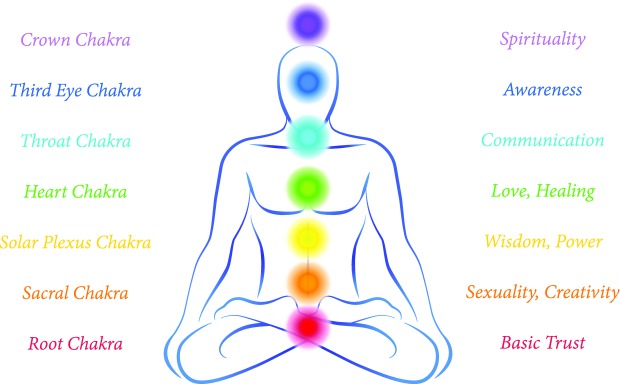 What things do you avoid because you have become attached to a particular label or idea that you have about yourself?
What things do you avoid because you have become attached to a particular label or idea that you have about yourself?
I always label myself as shy and awkward. I get nervous infront of large crowds and I stutter when I am under pressure.
These labels and ideas can become part of who you are- how others see you and how you view yourself. This can prevent you from growing, from shedding out-of-date dislikes, habits, and behavior.
Exercise:
What is on your list of things to avoid? Choose something from the list and try experiencing it as if it for the first time.
Giving presentations to large crowds and any other form of public speaking.
Explore it with as many of your senses as possible. Pay attention to any resistance that arises in the form of thoughts, memories, emotions, and bodily sensations. Tease out your experience. What do you notice? This not about forcing yourself to like it- you stil may not- but rather to see it with fresh eyes.
Thoughts:
Everyone is staring at me and judging me. Why am I so awkward and cringey.
Memories:
I stuttered handing over in that meeting. I forgot the words of a prayer on my confirmation. I always go roaring red in the face and can’t make eye contact.
Emotions:
Embarrassment, anxiety, nervous, apprehensive, overwhelmed.
Bodily sensations:
Tightness in chest, short of breath, nauseous in belly.
This weeks exercise was about viewing the label or view you have of yourself in a different light. I decided to go the extra mile and face the label head on. On Wednesday I had to speak infront of an audience and tell them about myself and my single life. I done a lot of yoga and meditation in the weeks leading up to this event to keep me grounded. I done a million and one deep belly breaths beforehand and decided not to say out loud that I was nervous, even though I was. I didn’t want to feed into my emotions but I did acknowledge them to myself. Sometimes I find if you tell a friend you feel nervous, they feed into the emotion with you. “Don’t worry, no need to nervous, it’s ok, it is a scary experience……” They just help you overthink the whole “I feel nervous”, instead of just acknowledging the emotion and letting it pass. I try not to zone in on my emotions because I don’t want to magnify it and bring it to a head. It works for me anyway.
This event was something I had never done before and naturally I felt apprehensive about the whole thing. I tried to stay away from coffee as this can heighten my anxiety levels. I organised and planned everything in advance i.e. Hair and make up. I made sure I was ready a few hours early so I wasn’t running around making myself sick with anxiety. I ensured I done everything at a slow pace and done my belly breaths all throughout the day. I know from past experiences that I tend to speak faster when I feel anxious. Therefore, I decided to focus on speaking slower and taking breaths throughout my sentences.
Right before I walked on stage, I felt very overwhelmed by all the bright lights and I could feel anxiety raising just a little. I got to the top of the steps, walked towards the stool, sat down, had a giany belly breath and instantly I felt at ease. I didn’t make eye contact with anyone in the audience and just pretended I was a lot more confidence than I was. IT WORKED. Of course there were times when I got a bit awkward. A few years ago I would have given myself a hard time of this and spoke very negatively towards myself during and after the awkwardness. The whole event went great and I didn’t stutter once. I was as calm as I have ever been.
I did also put some more ground work in. I find researching new ways of viewing myself and getting tips for building self esteem very useful. I found a video on YouTube and watched it while I was waiting around before the event:
It spoke about the Deutsch scholar and philosopher Erasmus and his view on humans. He believed that everyone, no matter how important or learned they might be, is a fool. He even viewed himself as a knit-wit. He described himself as shy, awkward, makes bad decisions, lets things fall at fancy dinners, says the wrong thing at the wrong time. It helped normalise these traits.
“Being weird and awkward doesn’t make us unfit for society, it makes us just like the greatest scholar of the Northern European renaissance.”
The video also spoke about Pieter Bruegel, who painted the picture ‘The Deutsch Proverbs’. The painting shows many different parts of the human being. He wanted to send out the message that “We are all deranged”.
“The key to greater confidence is not to reassure ourselves of our own dignity. It is to grow with peace of the inevitable nature of our ridiculousness. We are idiots now. We were idiots in the past and we will be idiots again in the future.”
I remember I spoke to my friends about the event a few days before and I explained I was worried that they would make me out to be weird and stupid. One of my friends responded “Julia, it will be you who will make yourself out to be a weirdo because you are a weirdo. I don’t think you need help with showing the audience that you are one”. This strangely made me feel at ease. It really didn’t matter if I was made out to be a bit foolish or weird. Naturally as a human being, I am weird and foolish. This experience will not make me more or a less a fool. Being weird and foolish is the norm. Each and every one of us is a complete fool. This gave me greater confidence that day.
Message: Self acceptance is key. Accept your weirdness and accept the fact that no one is prim and proper and everyone makes mistakes and acts absolutely ridiculous sometimes.
Reflection: This weeks exercise has helped me immensely. The event was obviously a bonus but my god I have learned so much about myself. The label I had of myself as “shy” and “awkward” has completely lifted and I now see myself as a weird, confident, complete freak and I absolutely love it!
J x


































